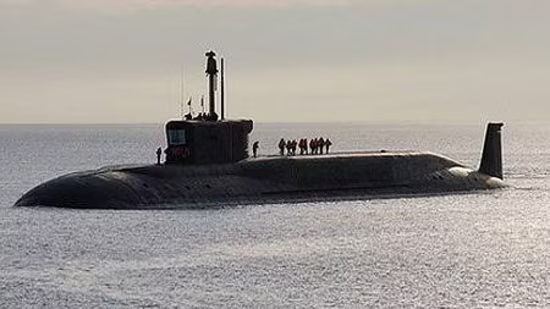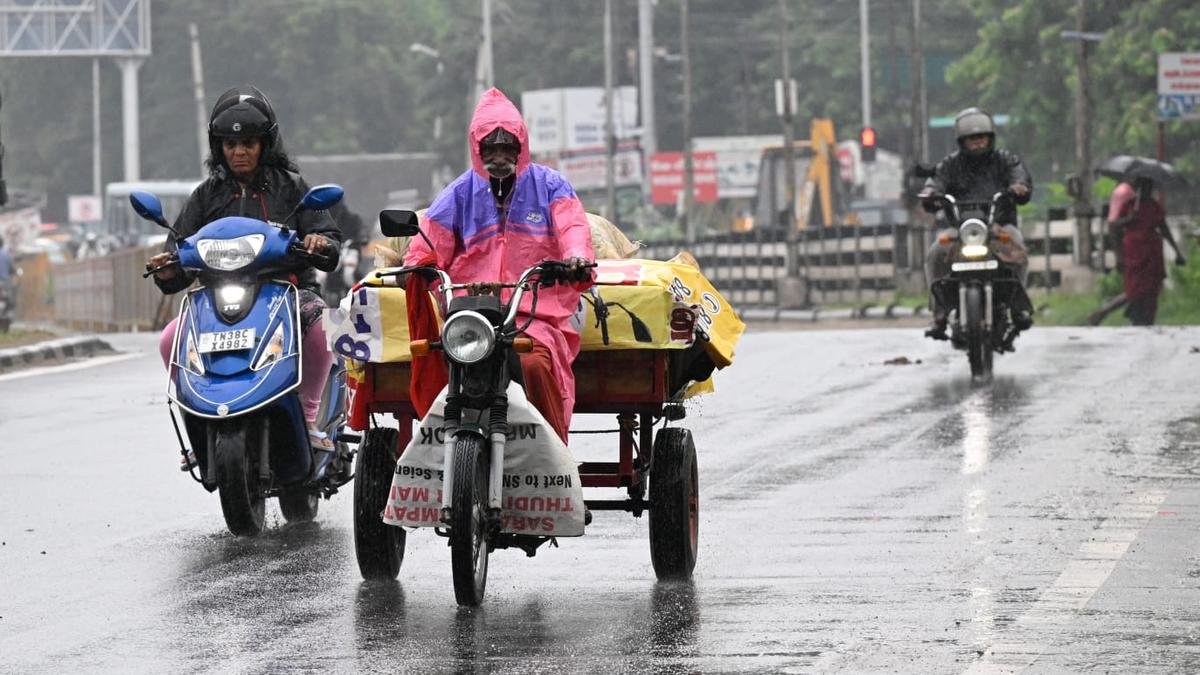India launches 4th nuclear-missile submarine

A day following the inauguration of the Very Low Frequency Naval Station by Rajnath Singh, the fourth SSBN known as S4* was successfully launched on October 16th.
Amidst escalating tensions with Canada, New Delhi recently inaugurated its fourth nuclear-powered ballistic missile submarine at the Ship Building Center (SBC) in Visakhapatnam. This move aims to bolster India’s nuclear deterrence capabilities against potential threats.
The commissioning of India’s second SSBN, INS Arighaat, by Defence Minister Rajnath Singh on August 29, 2024, has set the stage for the forthcoming commissioning of the third SSBN, INS Aridhaman, scheduled for the following year. This significant step was preceded by the Cabinet Committee on Security (CCS) granting approval on October 9 for the Indian Navy’s development of two nuclear-powered attack submarines, aimed at bolstering deterrence capabilities in the Indo-Pacific region.
While maintaining a veil of secrecy on nuclear deterrence, the Modi administration recently unveiled the fourth SSBN, known as S4*. This significant event took place on October 16, just a day following the inauguration by Defence Minister Rajnath Singh of the Very Low Frequency Naval Station situated within the Damagundam forest area of Vikarabad district in Telangana. The station serves as a vital hub for overseeing command, control, and communication operations involving the Indian Navy’s strategic assets.
The newly introduced S4* SSBN boasts an impressive 75% of locally sourced components and is specifically outfitted with 3,500km range K-4 nuclear ballistic missiles designed for vertical launching systems. While its pioneer vessel, INS Arihant, is armed with K-15 nuclear missiles boasting a range of 750 km, subsequent iterations carry solely K-4 ballistic missiles, showcasing continuous enhancements. Operating with boundless range and resilience, the SSBN’s limitations lie predominantly in food provisions, crew exhaustion, and upkeep requirements. Noteworthy is the active deployment of both INS Arihant and INS Arighaat on extensive marine missions, with the upcoming addition of a nuclear-powered attack submarine from the Russian Akula class anticipated to supplement the fleet under a leasing agreement by 2028.
S4* was the designated name for the INS Aridhaman.
India’s inaugural leased nuclear attack submarine was christened INS Chakra as S1 by national security strategists. Subsequently, INS Arihant was designated as S2, followed by INS Arighaat as S3, and INS Aridhaman as S4. The latest addition to this series, yet to be formally named, is denoted as S4*. The upcoming line of Indian SSBNs will surpass the 6,000-ton displacement of the Arihant class. These submarines are planned to house nuclear missiles capable of reaching ranges exceeding 5,000 kilometers and beyond.
The Narendra Modi administration’s emphasis on sea-based submarine deterrence against formidable foes like China stems from the susceptibility of aircraft carriers to long-range PLA missiles such as Dong Feng-21 and Dong Feng-26, making them potential targets in dire circumstances. Hence, prioritizing nuclear attack and ballistic missile submarines over a third aircraft carrier for the Indian Navy aligns with this strategic understanding. Moreover, bolstering conventional submarine deterrence includes the upcoming commissioning of the sixth diesel attack submarine of the Kalvari class, INS Vagsheer, scheduled for December this year.
The government is set to approve the construction of three additional state-of-the-art diesel attack submarines at Mazagon Dockyards in partnership with the French Naval Group. As the Indian Ocean has seen an increase in 10-11 PLA warships monthly since the previous year, along with upcoming carrier-based long-range patrols anticipated in 2025-26, the strategic submarines will have a crucial role in safeguarding India’s interests and asserting dominance in the Indian Ocean Region (IOR).



 English
English Hindi
Hindi Kannada
Kannada Malayalam
Malayalam Tamil
Tamil Telugu
Telugu












